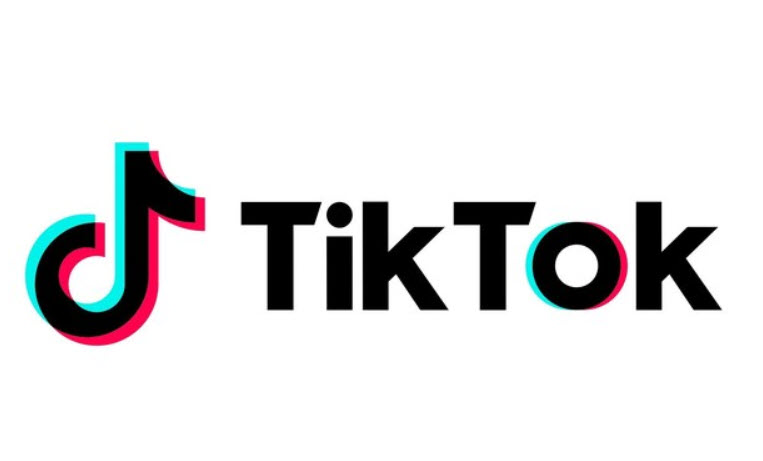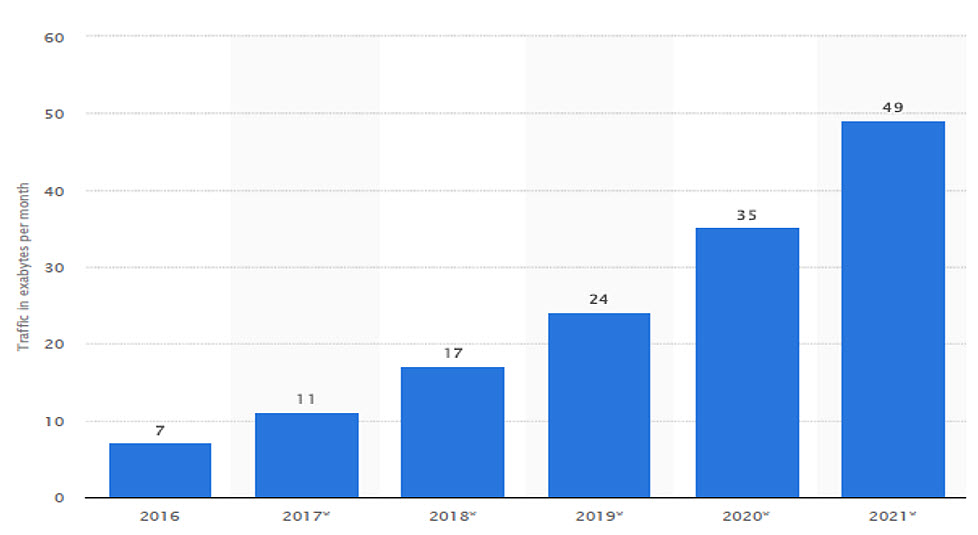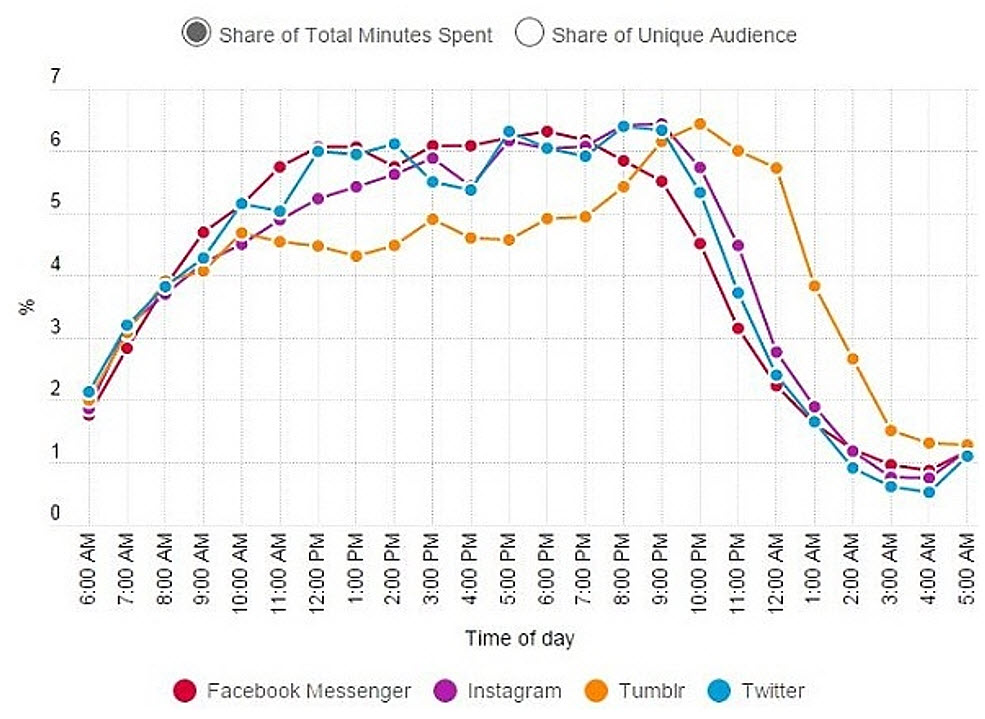Tik Tok an app with 500 million subscribers in the world. If you are not very connected social networks you may have missed out on the Tik Tok phenomenon.
This application has long been at the top of downloads on iPhone and Android and carton among college and high school students.
The concept is simple: videos from 15 seconds to a minute, to film themselves dancing and singing in playback on popular music, embellished
with filters of all kinds as on Snapchat and Instagram.
A way to become “influential”
Users then share their creation on the network and it can be viewed by all subscribers of the application. The funniest, most inventive and cute video is put forward by Tik Tok and gets valued by the community.
Because the more a video is “loved”, shared and commented, the more it goes up in the stream and is visible. A simple way for any young lambda to become “influential” on social networks.
To make the game even more “fun”, Tik Tok offers challenges every day for its subscribers: stop when you hear a click in the song, disappear and then reappear in a fun way, try as much clothing as possible in 15 seconds. ..
The videos have invaded Facebook, Twitter, and other Instagram, evidence of its obvious success. Fashion effect or more sustainable trend, Tik Tok has, in any case, seduced teens around the world. Understand TikTok, the favorite app for teens fans of play-back
What is Tik Tok?
TikTok. His name is Douyin in China, his country of origin. This is an application for smartphones, born in September 2016, and published by the Chinese giant ByteDance who has become known with the very popular custom news content platform Toutiao. TikTok is dedicated to creating and sharing short music videos. The users film themselves in front of the camera, making play-backs or choreographies. Many competing applications exist in the areas of karaoke, lip sync or play-back such as Triller, Dubsmash, Funimate.
Okay. But what do we do on TikTok?
Once your account is created, the user can choose a song from a vast catalog that goes from Annie Cordy’s Curse to Handclap to Fitz and the
Tantrums. He can then film himself over the camera, pretending to sing, or miming the lyrics. Videos that last fifteen seconds can then be applied a particular speed to slow down or accelerate the movement, but also filters and visual effects. Once shared, clips will scroll on the app’s homepage and are listed in the creator’s profile as an Instagram account. Users collect “likes” and subscribers.
And it’s fun?
For the layman or the audience (let’s say: adults), TikTok looks like an endless succession of videos of teenagers singing on popular hits. We let you give your opinion on the subject.
For users, TikTok, like its predecessor Musical.ly, is an endless playground. The majority of TikTok addicts are full of creativity and take advantage of the many effects offered by the application to become one of the best videographers.
As on the late Musical.ly, we find on TikTok daily challenges that invite, on the same music, to stand out on a theme. The keyword #girlsturnintoboys includes, for example, videos of girls who change into boys.
Depending on the countries and cultures, the application can be used really differently. “European users love comedy, fashion and beauty,” says Le Monde a TikTok spokesperson. Chinese Internet users prefer to offer sketches and fake hidden cameras. Last May, TikTok became famous for censoring in China Peppa Pig, a cartoon character who became a subversive icon.
How many users are on TikTok?
Before winning in Europe, TikTok was very popular in Asian countries, especially China and Japan. In the first quarter of 2018, TikTok was the most downloaded app in the world, according to Sensor Tower analysis firm. By June 2018, it claimed 500 million active users per month.

For its part Musical.ly reached 100 million active users per month in 2017. The application had conquered European and American teenagers. The number of subscribers in France was estimated at 2.5 million. Asked by Le Monde, the company ByteDance refused to give the figures of its users since the merger of the two applications in August.



